Home>Home Maintenance>Why Do Fish Need An Efficient Ventilation System
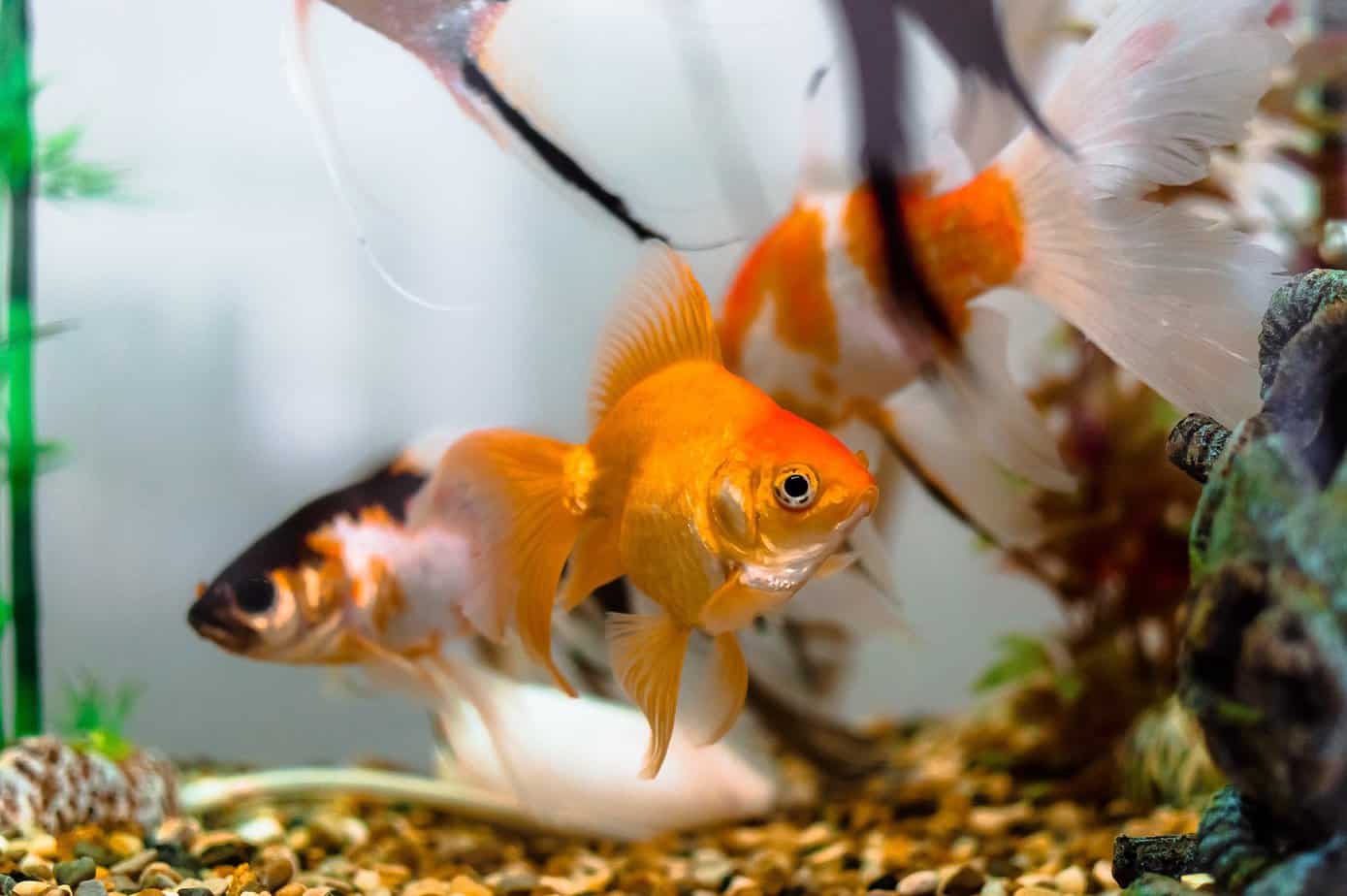

Home Maintenance
Why Do Fish Need An Efficient Ventilation System
Modified: August 27, 2024
Discover why fish require an efficient ventilation system for their home maintenance. Explore the importance of proper ventilation in keeping aquatic environments well-maintained and healthy.
(Many of the links in this article redirect to a specific reviewed product. Your purchase of these products through affiliate links helps to generate commission for Storables.com, at no extra cost. Learn more)
Introduction
Have you ever wondered how fish are able to breathe underwater? Or how they manage to extract oxygen from the surrounding water to sustain their lives? It all comes down to their efficient ventilation system, which allows for the exchange of gases necessary for their survival. Understanding the anatomy and functioning of this system is crucial for anyone interested in the captivating world of fish and their aquatic habitats.
In this article, we will delve into the fascinating world of fish respiration and explore the importance of an efficient ventilation system. We will uncover the intricate mechanisms that enable fish to obtain oxygen from water, examine their adaptations to different environments, and discuss the challenges they face in maintaining optimal respiration.
So, prepare to dive into the depths of fish respiration as we unravel the mysteries of their remarkable ventilation system.
Key Takeaways:
- Fish rely on a specialized ventilation system, using gills for breathing underwater. Efficient respiration is crucial for their survival, and they have evolved unique adaptations to thrive in diverse aquatic environments.
- Challenges such as low oxygen levels, water pollution, and climate change can impact fish respiration. Conservation efforts and sustainable practices are essential to protect their delicate ventilation systems and ensure their well-being.
Read more: Why Do You Need A Range Hood
Anatomy of Fish Respiration
To understand how fish are able to respire underwater, we must first explore their specialized anatomy. Unlike humans and other mammals, fish do not possess lungs for gas exchange. Instead, they rely on a unique set of structures known as gills.
Gills are located on either side of a fish’s head, behind the gill covers or opercula. Each gill consists of a series of thin and delicate filaments called gill filaments. These filaments are covered in tiny structures called gill lamellae, which greatly increase the surface area available for gas exchange.
The process of respiration begins as water is drawn into the fish’s mouth by the opening and closing of its jaws. The water then passes over the gills, where oxygen is extracted and carbon dioxide is expelled. This exchange of gases occurs through a process known as diffusion, which involves the movement of molecules from an area of high concentration to an area of low concentration.
As the water flows over the gill filaments, oxygen molecules dissolve into the fish’s bloodstream through incredibly thin walls of the gill lamellae. At the same time, carbon dioxide, a waste product of respiration, is released from the fish’s bloodstream into the surrounding water. This efficient exchange of gases ensures the supply of oxygen required for the fish’s survival.
It is important to note that the efficiency of the fish’s respiration greatly depends on the quality and oxygen content of the water it inhabits. Fish prefer clean, well-oxygenated water to ensure the optimal functioning of their respiratory system.
Now that we have a basic understanding of the anatomy of fish respiration, let us explore the significance of an efficient ventilation system for their survival.
The Importance of an Efficient Ventilation System
An efficient ventilation system is vital for the survival of fish. It ensures a constant supply of oxygen for the fish’s metabolic processes and prevents the buildup of harmful carbon dioxide. Without a well-functioning ventilation system, fish would not be able to extract the necessary oxygen from their aquatic environment.
One of the primary functions of the ventilation system is to maintain a continuous flow of water over the fish’s gills. This constant flow allows for a steady exchange of gases and helps to ensure a sufficient supply of oxygen. Furthermore, an efficient system helps to remove any waste products, such as carbon dioxide, from the fish’s body.
In addition to facilitating gas exchange, an efficient ventilation system also aids in regulating the fish’s internal body temperature. Fish are ectothermic creatures, which means that their body temperature is influenced by the surrounding environment. By adjusting the rate of water flow over their gills, fish can regulate their body temperature and adapt to changes in their environment.
Without an efficient ventilation system, fish would quickly become oxygen-deprived, leading to suffocation and eventual death. It is therefore crucial for fish to have well-developed structures and mechanisms that maximize the efficiency of their respiration.
Now that we understand the importance of an efficient ventilation system, let’s take a closer look at the gills – the primary organ responsible for gas exchange in fish.
Gills: The Primary Organ for Gas Exchange
Gills are the specialized organs that enable fish to extract oxygen from water and eliminate carbon dioxide, making them the primary site for gas exchange in aquatic organisms. These respiratory structures are well-adapted to function efficiently in underwater environments.
As mentioned earlier, gills are located on either side of a fish’s head, behind the gill covers or opercula. They consist of numerous thin, elongated filaments called gill filaments, which are highly vascularized. Each gill filament is lined with tiny projections called gill lamellae, which further increase the surface area available for gas exchange.
When water flows over the gills, oxygen from the water is able to diffuse across the thin walls of the gill lamellae and into the fish’s bloodstream. At the same time, carbon dioxide, a waste product of metabolism, diffuses out of the fish’s blood and into the surrounding water.
The process of gas exchange in the gills is facilitated by a specialized mechanism called countercurrent exchange. In countercurrent exchange, the flow of blood and water run in opposite directions, maximizing the exchange of oxygen and carbon dioxide. This efficient mechanism ensures that there is always a concentration gradient for oxygen to diffuse from the water into the fish’s blood.
Furthermore, the gills are equipped with a complex network of blood vessels that supply oxygenated blood to the fish’s body. Oxygen is transported by red blood cells, which have a high affinity for oxygen. These red blood cells bind to oxygen in the gills and release it to cells throughout the fish’s body, ensuring the oxygen requirements of various tissues are met.
Overall, the gills play a crucial role in the respiration of fish by providing a large surface area for gas exchange and facilitating the diffusion of oxygen into the bloodstream. Their efficient design and countercurrent exchange mechanism maximize oxygen absorption, enabling fish to survive and thrive in their aquatic habitats.
Now that we have examined the importance of gills in gas exchange, let’s explore the pumping mechanism that allows fish to breathe.
Countercurrent Exchange: Maximizing Oxygen Absorption
The process of gas exchange in fish is optimized by a remarkable mechanism called countercurrent exchange. Countercurrent exchange refers to the flow of water and blood in opposite directions across the gill filaments, maximizing the efficiency of oxygen absorption.
As water flows over the gills, it comes into contact with the gill filaments, where oxygen from the water diffuses into the fish’s bloodstream. This is made possible by the countercurrent arrangement of blood vessels within the gill filament.
Within the gill filament, there are two sets of blood vessels: the afferent (incoming) blood vessels and the efferent (outgoing) blood vessels. The afferent vessels carry deoxygenated blood from the fish’s body towards the gills, while the efferent vessels carry oxygenated blood away from the gills and towards the rest of the body.
As water passes over the gill filaments, it flows in the opposite direction to the movement of blood within the blood vessels. This countercurrent flow creates a concentration gradient along the length of the gill filament, with the oxygen concentration being highest in the water and lowest in the fish’s bloodstream.
As a result, oxygen continuously diffuses from the water into the fish’s blood along the entire length of the gill filament, ensuring a constant supply of oxygen-rich blood. The countercurrent exchange system allows for a remarkable efficiency in oxygen absorption, as even the smallest concentration differences between the water and blood are maximized.
In addition to maximizing oxygen absorption, countercurrent exchange also minimizes the loss of oxygen back into the water. By maintaining a concentration gradient along the length of the gill filament, oxygen diffuses from an area of high concentration (water) to an area of low concentration (blood), minimizing the loss of oxygen from within the fish’s body.
The countercurrent exchange mechanism is a marvel of adaptation that enables fish to efficiently extract oxygen from their aquatic environment. It ensures that oxygen absorption is maximized and waste products, such as carbon dioxide, are efficiently eliminated.
Now that we have explored countercurrent exchange, let’s delve deeper into the pumping mechanism that allows fish to breathe.
Fish need an efficient ventilation system to ensure they have enough oxygen to survive. Without proper ventilation, they can suffocate and die. It’s important to maintain good water quality and provide enough aeration in the tank or pond to keep the fish healthy.
Read more: What Tools Do You Need For HVAC
Pumping Mechanism: How Fish Breathe
In order to breathe underwater, fish rely on a unique pumping mechanism that enables them to continuously pass water over their gills. This mechanism involves a combination of various anatomical structures and coordinated movements.
The primary force behind the pumping mechanism is the fish’s mouth and gill covers, also known as opercula. When a fish opens its mouth, water rushes in. As the fish closes its mouth, the water is forced over the gills and out through the opercula. This rhythmic action creates a continuous flow of water over the gills, allowing for efficient gas exchange.
Additionally, fish have a specialized structure called the buccal pump that aids in the movement of water through their gills. The buccal pump consists of the fish’s mouth cavity and pharynx, which can expand and contract. As the fish opens its mouth, the volume of the mouth cavity increases, drawing water in. When the fish closes its mouth, the mouth cavity contracts, pushing water over the gills.
To further enhance the efficiency of the pumping mechanism, some fish employ an additional method called ram ventilation. Ram ventilation is used by fast-swimming fish, such as tuna and sharks. These fish have streamlined bodies and powerful muscles that allow them to swim with their mouths open. As they swim forward, water is forced into their mouths and over their gills, providing a constant flow of oxygen-rich water.
The pumping mechanism in fish is not solely dependent on muscular movements. It also utilizes the force of water currents and the fish’s own locomotion to aid in respiration. Currents created by external factors, such as waves or water movement, can help maintain a steady flow of water over the gills, ensuring a continuous oxygen supply.
It’s important to note that the efficiency of the pumping mechanism varies among different species of fish. Some species have developed highly efficient systems, allowing them to extract oxygen from water with great ease, while others, particularly those in low-oxygen environments, may have more elaborate adaptations to compensate for the lack of oxygen availability.
The pumping mechanism is essential for fish to breathe underwater and obtain the oxygen required for their survival. Without this mechanism, their gills would not receive a constant flow of oxygen-rich water, which could lead to suffocation and ultimately death.
Now that we have explored how fish breathe, let’s discuss the various adaptations they possess to thrive in different environments.
Adaptations for Different Environments
Fish are incredibly diverse creatures, inhabiting a wide range of aquatic environments. To survive and thrive in these different habitats, fish have evolved various adaptations to suit their specific needs. These adaptations allow them to optimize their respiration and cope with the challenges posed by their environment.
1. Gills: The primary adaptation for respiration in fish is the presence of gills. The structure and surface area of the gills can vary among species, allowing fish to efficiently extract oxygen from their habitat. Some fish have gills with larger surface area or denser arrangements of gill filaments, which increases their capacity for gas exchange.
2. Accessory Breathing Organs: In addition to gills, some fish have developed accessory breathing organs that allow them to extract oxygen from air as well. These organs, such as lung-like structures or labyrinth organs, are especially useful for fish that inhabit environments where oxygen levels may be low, such as stagnant water or mudflats.
3. Swim Bladder: The swim bladder is a gas-filled organ found in many species of fish. This adaptation helps fish regulate their buoyancy and control their depth in the water column. In some species, the swim bladder also aids in respiration by providing a large surface area for gas exchange, enhancing their ability to extract oxygen from the water.
4. Countercurrent Exchange Mechanism: As mentioned earlier, the countercurrent exchange mechanism allows fish to efficiently absorb oxygen from the water. Some species have further specialized adaptations that enhance this mechanism. For example, certain fish have elongated gill filaments or feathery gill rakers that increase the surface area for gas exchange.
5. Lungfish and Mudskippers: Lungfish and mudskippers are unique fish species that have adapted to survive in oxygen-deprived environments, such as stagnant pools or muddy areas. They possess lungs in addition to gills, allowing them to breathe air when the oxygen levels in their aquatic habitats are low.
6. Anatomical Shape: The body shape and structure of fish can also be adapted to specific environments. Streamlined or fusiform body shapes are advantageous for fish that need to move quickly through open water, while flattened or eel-like bodies are more suited for navigating through narrow spaces or bottom-dwelling habitats.
These are just a few examples of the numerous adaptations fish have developed to thrive in different environments. It is through these adaptations that fish can successfully respire in their respective habitats, ensuring their survival and allowing them to fulfill their ecological roles.
Now that we have explored the various adaptations of fish, let’s discuss some of the challenges they face in maintaining optimal respiration.
Challenges to Fish Ventilation
Despite their remarkable adaptations for respiration, fish face several challenges in maintaining optimal ventilation. These challenges arise from environmental factors, physiological limitations, and human activities, which can have significant impacts on their ability to respire efficiently.
1. Low Oxygen Levels: In some aquatic environments, oxygen levels can be low, especially in stagnant water, polluted habitats, or densely-populated fish tanks. Fish in these conditions may experience difficulty in extracting enough oxygen from the water, leading to respiratory stress and potential health issues.
2. Water Temperature: Water temperature affects the dissolved oxygen levels in aquatic environments. Warmer water holds less dissolved oxygen, which can pose challenges for fish respiration. In warmer temperatures, fish may need to increase their ventilation rates or seek out cooler areas with higher oxygen concentrations to meet their oxygen demands.
3. Water Pollution: Pollution from chemicals, toxins, and excess nutrients can have detrimental effects on fish respiration. Pollutants can damage the delicate gill structures, impairing their ability to extract oxygen from the water. Additionally, algal blooms and hypoxic zones caused by pollution can lead to oxygen-depleted conditions, further straining fish ventilation.
4. Sedimentation and Habitat Destruction: The deposition of sediments in aquatic environments can clog the gill filaments and interfere with oxygen diffusion. Additionally, habitat destruction, such as the loss of coral reefs or wetlands, can disrupt the natural flow of water and reduce the availability of oxygen-rich areas for fish to ventilate properly.
5. Fishing Practices: Certain fishing practices, such as bottom trawling or the use of gill nets, can unintentionally harm fish respiration. These techniques can damage the gill structures or cause fish to become entrapped, restricting their ability to ventilate effectively.
6. Climate Change: The ongoing changes in climate can have profound effects on fish ventilation. Rising temperatures, ocean acidification, and altered precipitation patterns can all impact the availability of oxygen in aquatic environments. Fish may need to adapt to these changes or face increased respiratory stress.
These challenges highlight the vulnerability of fish respiration to external factors. It is crucial for conservation efforts, sustainable management practices, and environmental stewardship to address these challenges and maintain the optimal functioning of fish ventilation systems.
Now that we have explored the challenges fish face in respiration, let’s conclude our discussion on the importance of their efficient ventilation system.
Conclusion
Fish possess a fascinating and highly specialized ventilation system that allows them to respire underwater. Their efficient respiration relies on the intricate structures and mechanisms of their gills, which enable the exchange of oxygen and carbon dioxide with their aquatic environment.
The ventilation system of fish is of utmost importance for their survival. It ensures a continuous supply of oxygen for metabolic processes while removing waste carbon dioxide. The efficiency of this system is enhanced by the countercurrent exchange mechanism, which maximizes oxygen absorption, and the coordinated pumping mechanism that facilitates the flow of water over the gills.
Fish have evolved various adaptations to suit different environments. From specialized gills and accessory breathing organs to unique anatomical shapes and lung-like structures, these adaptations enable fish to optimize their respiration and thrive in diverse habitats.
However, fish ventilation faces several challenges. Low oxygen levels, water pollution, temperature changes, habitat destruction, fishing practices, and the effects of climate change all pose threats to the optimal functioning of fish respiration. It is essential to address these challenges through conservation efforts, sustainable practices, and environmental awareness to ensure the well-being of fish populations.
In conclusion, the efficient ventilation system of fish is a marvel of adaptation and essential for their survival. Understanding the anatomy, mechanisms, and adaptations associated with fish respiration not only deepens our appreciation for these remarkable creatures but also underscores the importance of preserving their habitats and protecting their delicate respiration processes.
So, the next time you encounter a majestic fish swimming in a tranquil pond or dive into the depths of a vibrant coral reef, remember the remarkable ventilation system that allows them to breathe, adapt, and thrive in their underwater world.
Frequently Asked Questions about Why Do Fish Need An Efficient Ventilation System
Was this page helpful?
At Storables.com, we guarantee accurate and reliable information. Our content, validated by Expert Board Contributors, is crafted following stringent Editorial Policies. We're committed to providing you with well-researched, expert-backed insights for all your informational needs.
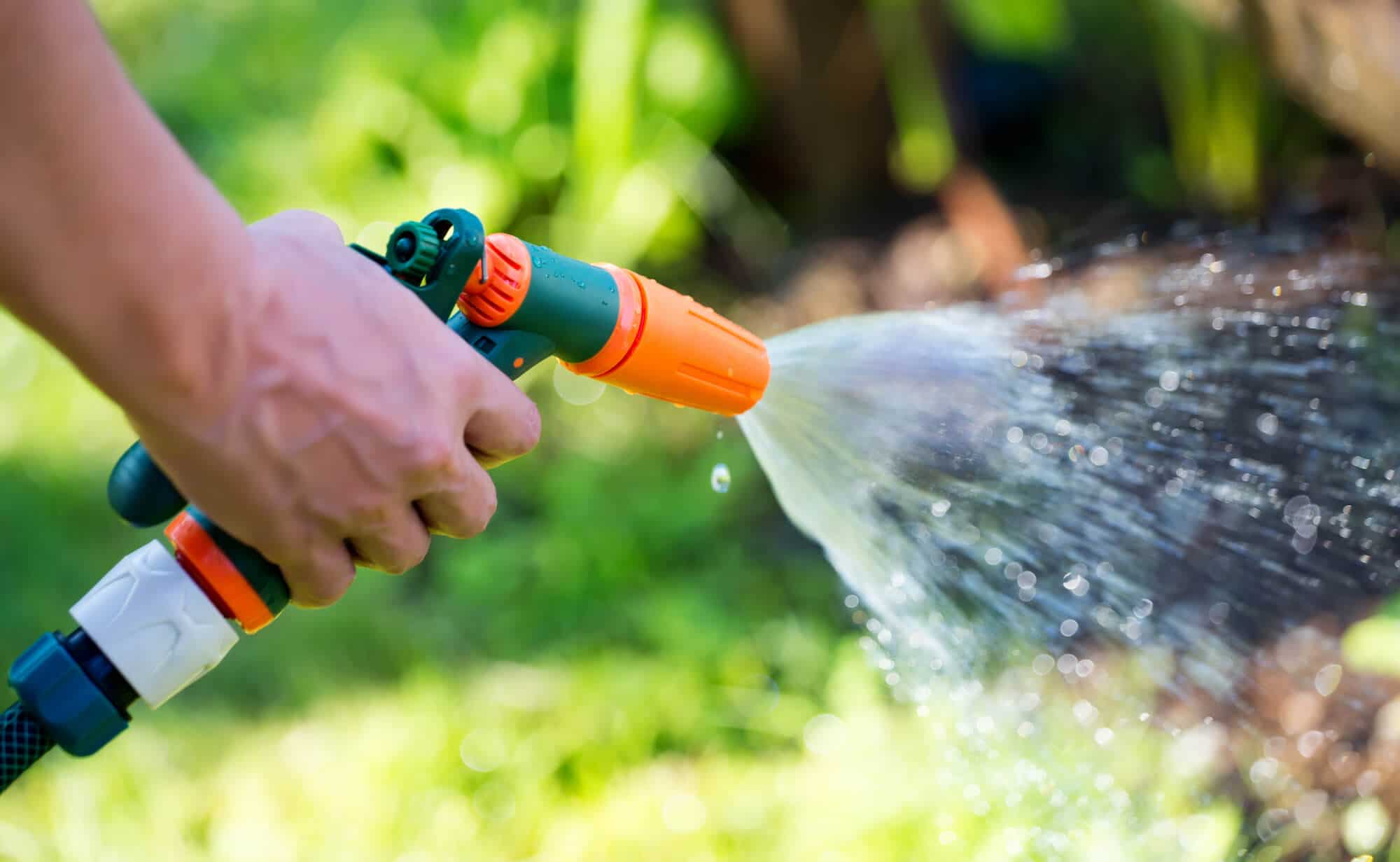

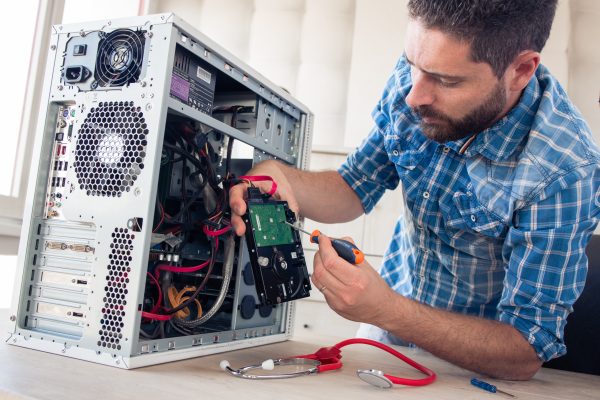





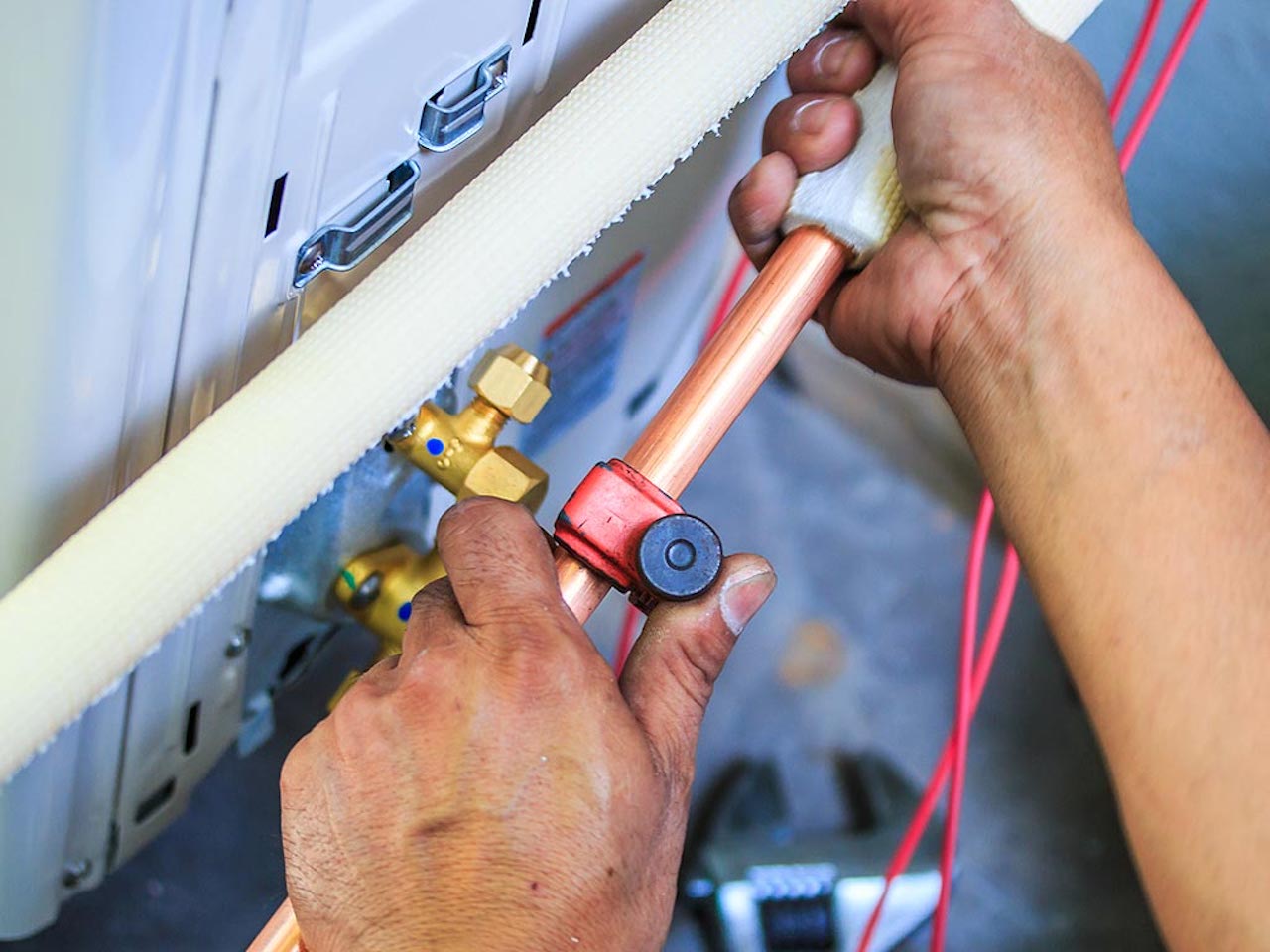
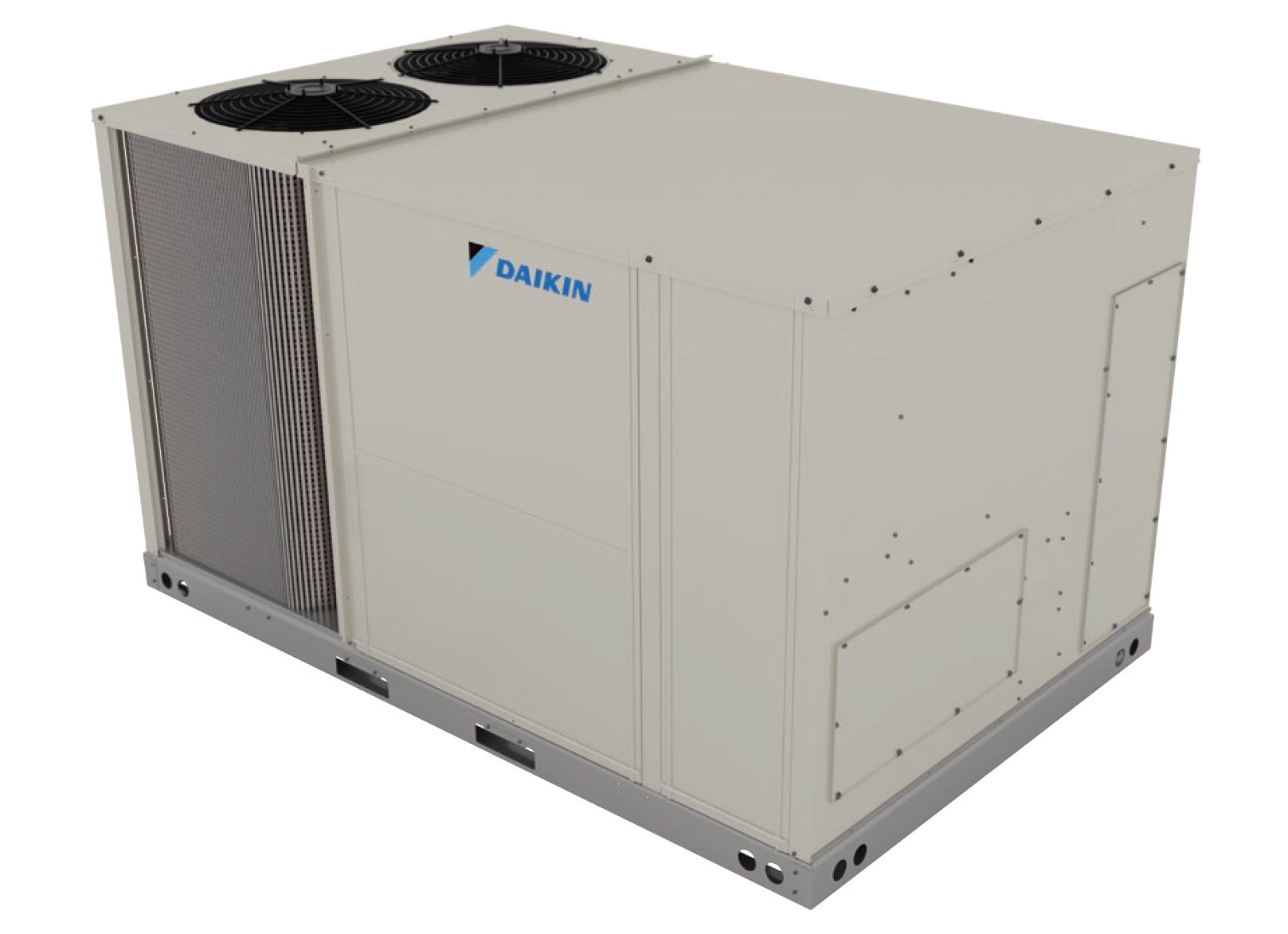
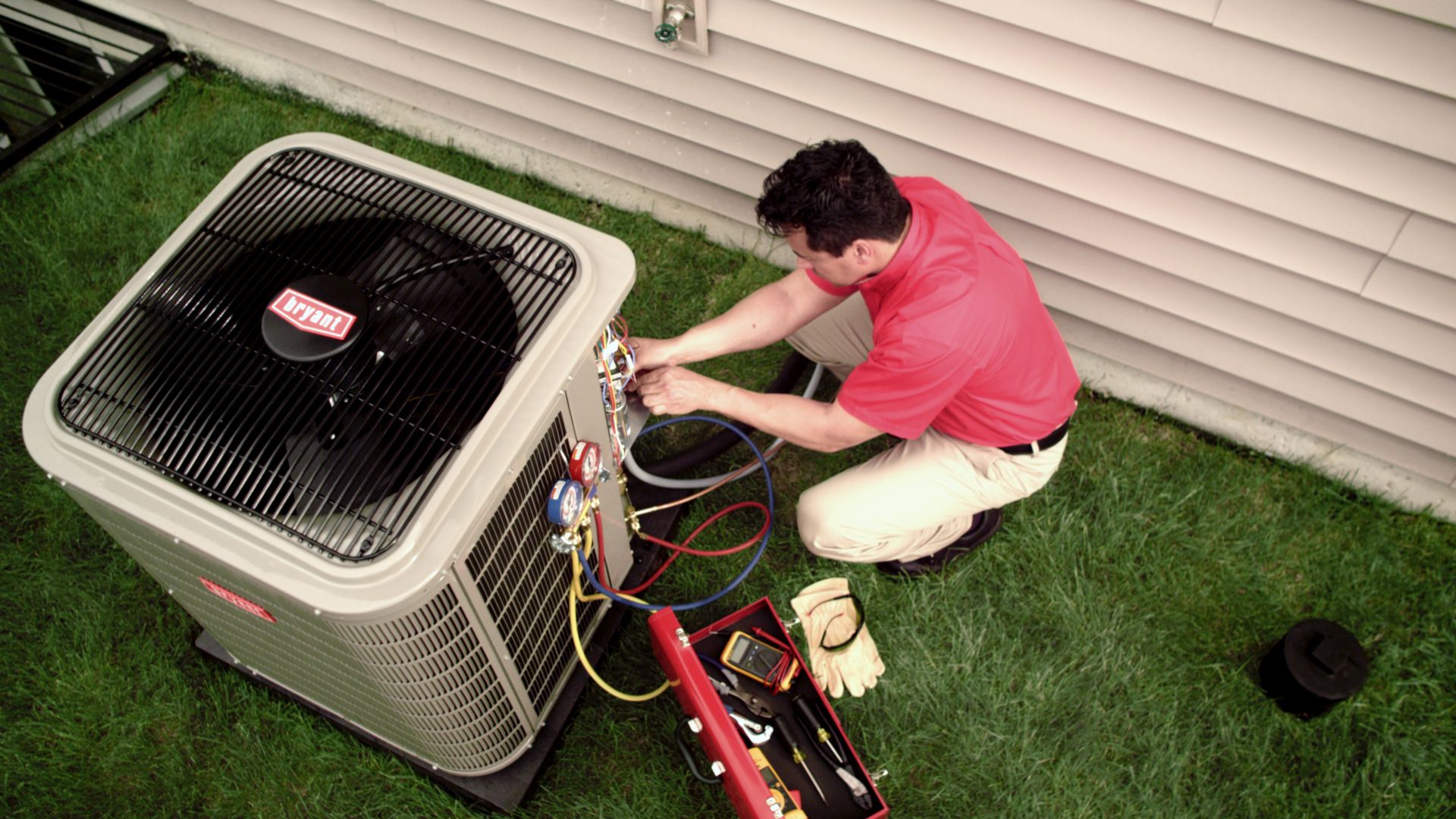

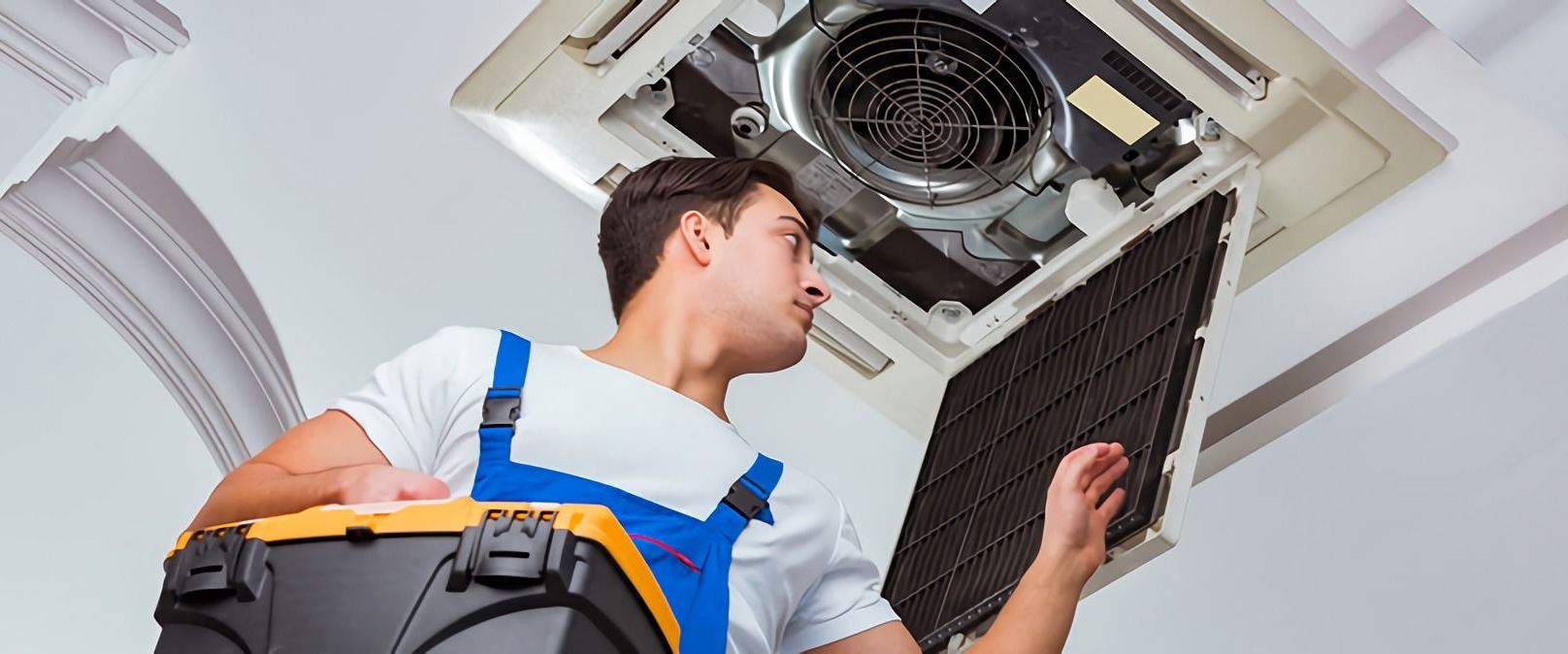


0 thoughts on “Why Do Fish Need An Efficient Ventilation System”